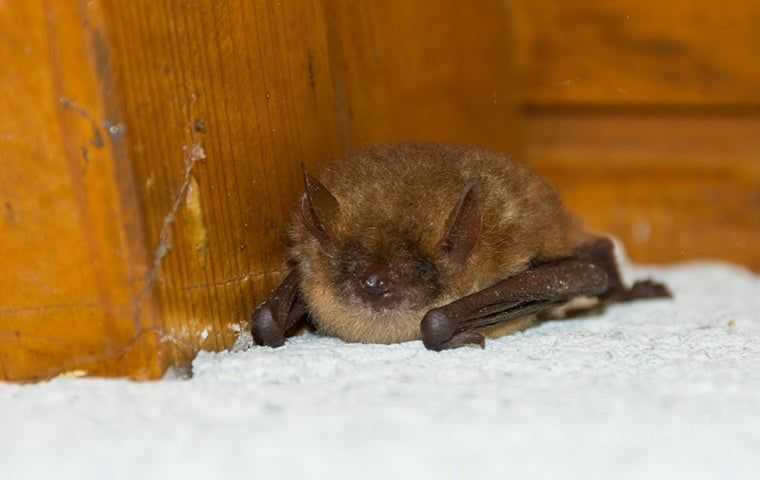Bat Removal From Attics And Chimneys In Houston, Dallas/Fort Worth, TX & Surrounding Areas

Bat removal from attics & chimneys in the Houston, Dallas/Fort Worth, TX and surrounding areas, is fast, affordable, and work is guaranteed for 10 years by 911 Wildlife! We specialize in solving wildlife problems without the use of poisons and traps. Call us now to learn more about our solutions and guarantees in DFW and Houston.
Bats are nocturnal, flying mammals, which are extremely beneficial in their natural environment. The vast majority of bats in North America are insectivores. They prevent damage to agricultural crops by consuming large quantities of moths. Bats only become a problem when they roost in an attic or other human structure. 911 Wildlife provides humane bat removal services for our massive client base in Houston. Clients have recognized us for our unmatched reliability. Don’t wait any longer, if you suspect that you have bats in your attic bat removal services is what you need. Call us today to schedule an appointment with one of our professional wildlife specialists.
Bats enter buildings through holes under roof overhangs, in eaves, vents, cracks around windows, through spaces under ill-fitting boards, and around pipes leading into the house. They can squeeze through openings as small as a dime-sized hole. To locate bat entry holes, watch at dusk to see where the bats fly out from. Do NOT patch any holes from May to August or you may entrap flightless juvenile bats inside!
Frequently Asked Questions
Don’t a lot of bats carry rabies?
Actually, a very small percentage of bats carry rabies, much less than one percent of the population. However, if you suspect that a rabid bat has bitten you, or if a bat is found in the room where a person is sleeping, current health guidelines require that the bat be tested for rabies. Contact your local health department for instructions.
Help! I need to get a bat out of my house!
Often healthy bats fly into houses through open windows or flues. In late summer, fledgling bats leave the roost for the first time and often take a wrong turn and end up inside a house. If there has been no exposure*, the best way to evict the bat is to open all windows and doors and give the bat a chance to fly out. A bat can be safely captured by putting a coffee can or shoebox over the bat and sliding a piece of cardboard underneath.
Unlike birds, bats cannot fly from the ground up so be sure the put the bat on a tree limb or wall, off the ground. Often bats roost in attics and raise their young there, which provides a benefit to the homeowner in terms of mosquito control in the summer. The best eviction method is to create a one-way door over the attic’s entry hole so that the bats can get out but not back in.
WARNING: Bats are too young to fly from May to August; therefore, any eviction should take place in the fall or very early spring to prevent orphaning.
Don’t bats fly into people’s hair?
Contrary to popular belief, bats do not fly into people’s hair. Their swooping flight pattern is due to their long wingspan and their need to gain momentum when flying in an enclosed space like a room. They will gain altitude near the walls and lose altitude near the center of the room, giving bystanders the feeling they are being attacked when actually the bat is just trying to stay airborne!
*Exposure is defined as either Bite Exposure: any penetration of the skin by the teeth of a rabid animal, or Nonbite Exposure: scratches, abrasions, open wounds or mucous membranes contaminated with saliva or brain tissues from a rabid animal. Nonbite exposure from terrestrial animals rarely cause rabies. (Source: Advisory Committee on Immunization Practices).


